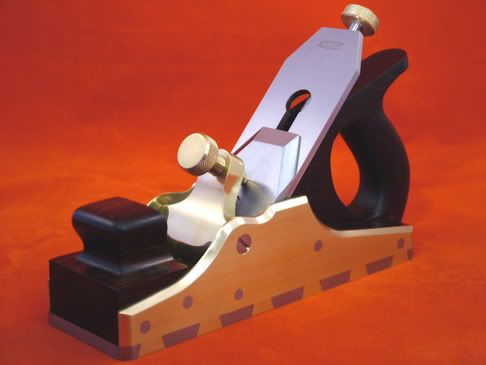bugbear":z4960oco said:
Personally I'd use flashguns, several of them triggered by slave units.
Benefit of that is that the light is already daylight balanced
Any reason to use flash, not table lamps? Lamps are cheap, readily available, provide their own modelling light (!) and can be used as table lamps later ;-)
I find them more controllable. You can direct them easier, add effects, diffuse change the exposure just by modifying how you place the flashes.
Exposure can be easily determined as well. Set your shutter speed then either:
a) choose an aperture and then set the flashes the distance from the subject required for that aperture setting.
or
b) set you flashes and determine the aperture from the flash to subject distance.
bugbear":z4960oco said:
Buying multiple slave flash units sounds spendy.
I suppose it can be but you don't need expensive fully automatic also make you a cup of tea flashes. Just buy second hand ones. For this sort of work you won't even need very powerful ones. If they are to be used off camera on slaves, then the make doesn't matter either. In fact the simpler the flash, the better. I managed to build up a fair number of flashes by checking out second hand shops and the like. Although I did manage to ruin my nicest one by dropping it into the stream in Allt nan Uamh Stream Cave.

bugbear":z4960oco said:
Given modern digital cameras the light balance thing is not a big issue. Correct in camera, or post-camera.
I guess you are right there. The majority of my photography has been done using print and slide film. I have got the Fuji Finepix S7000 which is a fine camera that I bought to do a bit more experimentation with but unfortunately work has gotten in the way for quite sometime now.
bugbear":z4960oco said:
I like your thoughts on using/placing the light on the subject.
Thanks. It mostly comes from a fair amount of underground cave photography that can be a very unforgiving environment. You have to place flashes very precisely and calculate all the exposures just to get a half decent picture.
Which reminds me of a technique that you can only use with the digital camera and photoshop. You also only need one flash and a long sync cable.
Basically you place the camera on a tripod and use the flash to light individual parts of the subject. Set the flash to light one part and then take a picture. Don't move the camera but move the flash to light another part, then take another picture.
What you end up with is a number of pictures of different parts of the subject.
Load them all up into photoshop and use layers to add them together.
It was one of the techniques I wanted to try out with the camera but haven't been able to yet.
Not sure if it would be suitable for Ian's planes but it maybe a good way to highlight different parts of the subject if the spread of the light can be tightened up enough. I would try to expose the wood and metal independantly. Expose the background with the flash angled from behind the plane and maybe a diffuse all over spread from a flash reflecting off a piece of card. Could be worth trying. You may also be able to take a single picture of the whole thing and then try to take another with the handles only getting some light. A bit difficult though I suppose.
This site gives an explanation as it's practiced for cave photography.
































